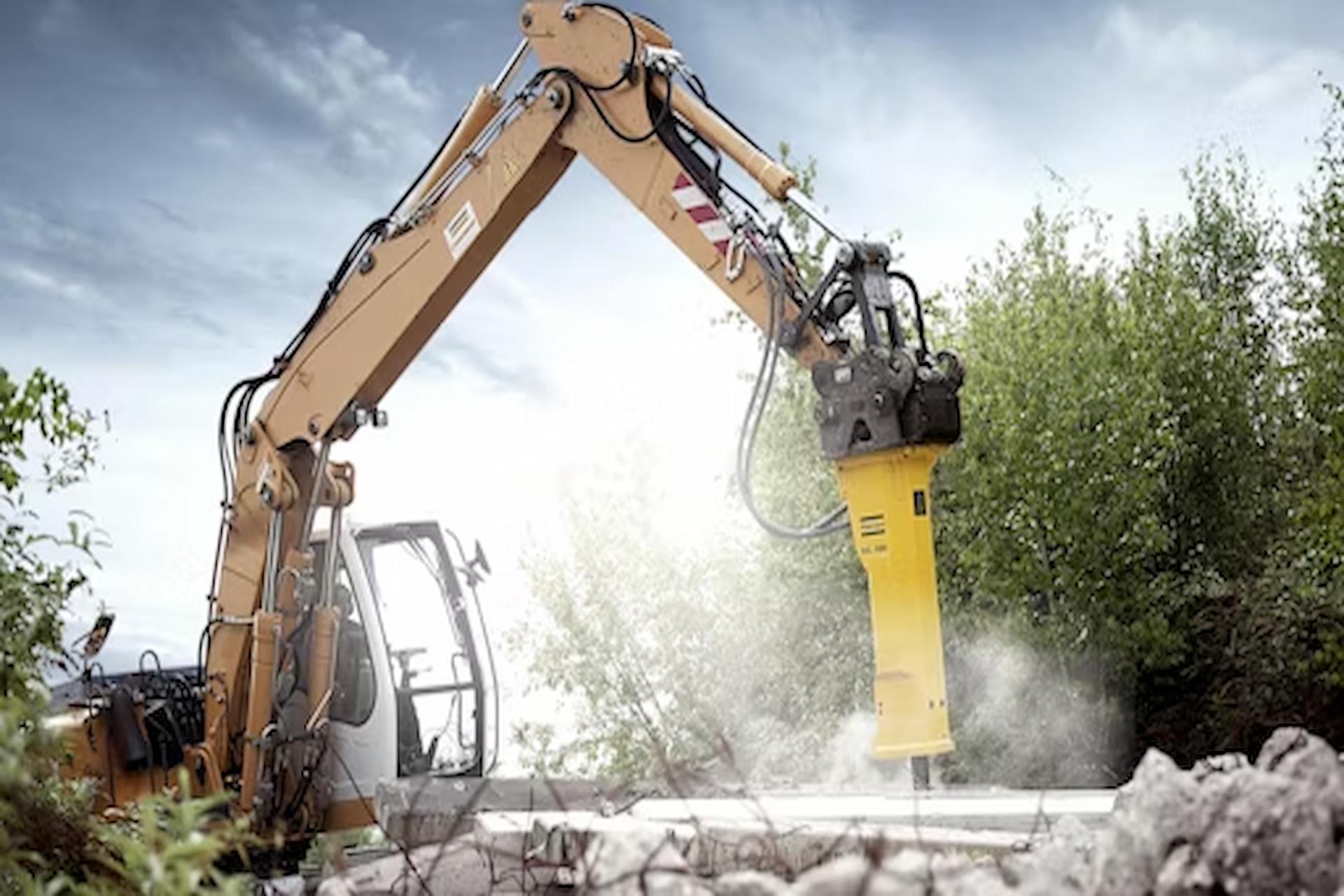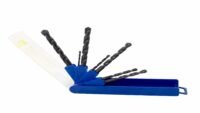
Hydraulic breakers are vital tools in construction and demolition, providing the necessary power to break through tough materials effortlessly. Whether you’re breaking up concrete, asphalt, or rock, these heavy-duty machines get the job done. However, like any equipment, hydraulic breakers require proper care and maintenance to operate efficiently and extend their lifespan. In this guide, we’ll explore essential tips to help you keep your hydraulic breaker in top condition, including specific insights for Sandvik large-range breakers.
Regular Inspections
Conduct routine inspections of your hydraulic breaker to identify any signs of wear or damage. Check for leaks, cracks, or loose components. Dealing with minor issues promptly can stop them from becoming bigger problems later on.
Lubrication
Proper lubrication is crucial for maintaining the performance and durability of your hydraulic breaker. Follow the manufacturer’s guidelines for lubrication intervals and use high-quality lubricants recommended for your equipment. Pay close attention to pivot points, bushings, and other moving parts.
Keep it Clean
Keep your hydraulic breaker clean from dirt, debris, and other contaminants that can infiltrate the internal components and cause damage. Use compressed air or a soft brush to remove accumulated dirt regularly. Avoid using harsh chemicals that may corrode or deteriorate the breaker’s surface.
Operating Techniques
Utilize proper operating techniques to minimise stress on the hydraulic breaker. Avoid excessive force or prolonged operation without breaks, which can lead to overheating and premature wear. Follow the recommended guidelines for broken material and adjust the breaker settings accordingly.
Temperature Management
Be mindful of operating temperatures, especially in extreme conditions. High temperatures can affect the performance of hydraulic fluids and lead to component failure. Take breaks as needed to allow the equipment to cool down during intense operation.
Replace Worn Parts
Keep an eye on the wear parts of your hydraulic breaker, such as the chisel or moil point. Replace these parts promptly when they show signs of wear to maintain optimal performance and prevent damage to the breaker body. Investing in genuine replacement parts ensures compatibility and reliability.
Proper Storage
When not used, store your hydraulic breaker in a clean, dry environment away from the elements. Use protective covers or cases to shield the equipment from dust, moisture, and sunlight. Proper storage helps prevent corrosion and prolongs the breaker’s lifespan.
Professional Servicing
Schedule regular maintenance and servicing with qualified technicians to ensure that your hydraulic breaker receives thorough inspections and necessary repairs. Professional servicing can detect underlying issues early on and prevent unexpected breakdowns during critical operations.
Training and Education
Ensure that operators are adequately trained in the safe and efficient use of hydraulic breakers. Provide ongoing education on maintenance procedures and best practices to maximise the equipment’s lifespan. Knowledgeable operators are better equipped to identify potential problems and implement preventive measures.
Choose Quality Equipment
Invest in high-quality hydraulic breakers from reputable manufacturers like Sandvik. Sandvik large range breakers are known for their durability, reliability, and superior performance in challenging environments. You can minimise downtime and reduce long-term maintenance costs by choosing quality equipment upfront.
In conclusion, proper maintenance is essential for extending the lifespan of your hydraulic breaker and maximising its performance. By following these tips and incorporating specific care practices for Sandvik large range breakers, you can ensure that your equipment remains in top condition for years to come. Remember, a well-maintained hydraulic breaker is more efficient and safer to operate, benefiting both your productivity and your bottom line.
Read more: https://allisonpeter.com/demolition-vs-deconstruction-key-differences-you-need-to-know/




